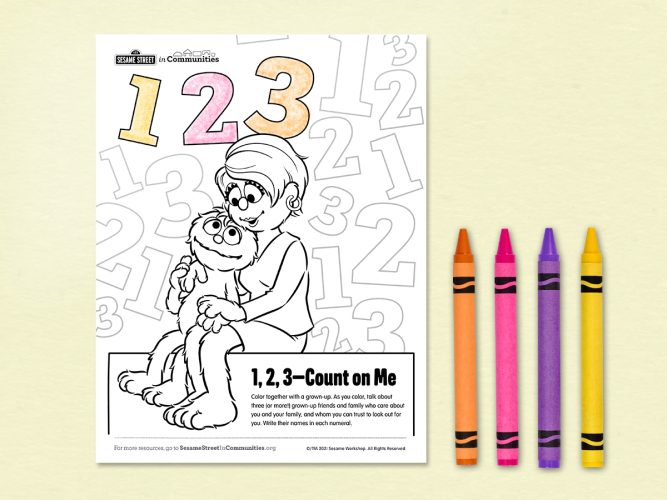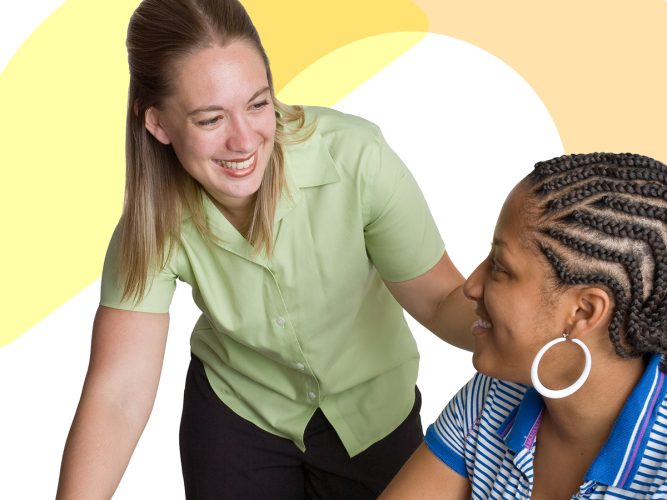
I Can Stay Safe
It’s important for children to know several people they can turn to when something goes wrong.
Though young children are usually supervised by adults or older children when not in their homes, there is always the possibility that they’ll suddenly need help when they’re out in public. When talking to children about staying safe outside of their homes and apartments, it’s important to make sure they know several people they turn go to when something goes wrong, and that they remember at least one safe person’s phone number.
It can be complicated to help children list “safe people” whom they can trust and count on. All too often, someone they love, know well, live with, or see frequently might be an “unsafe” person for them. It can help to talk about what safe people do and how they make you feel: Around a safe person, you don’t worry about your body being hurt. Safe people don’t ask you to keep secrets. They don’t get mad at you when you share your feelings. They listen to you and they believe what you say. They don’t ask you to break rules.
Print this page and, before sharing it with children, think about how you can best help them complete it.

1, 2, 3, Color Me
Sitting quietly and coloring together is a stress-reliever for adults and children alike.

We’re Not Alone
A music video on the power of community connections.

Trauma and the Body
An article on the effects of violence on children.

Using These Resources: Violence
Article about the Sesame Street Community & Gun Violence initiative.

I Don’t Want to Live on the Moon
A song about the power of human connections.

Community Conversation: Community Violence
Many communities are unfortunately impacted by community violence, but there are people and organizations striving to help. You can, too!
